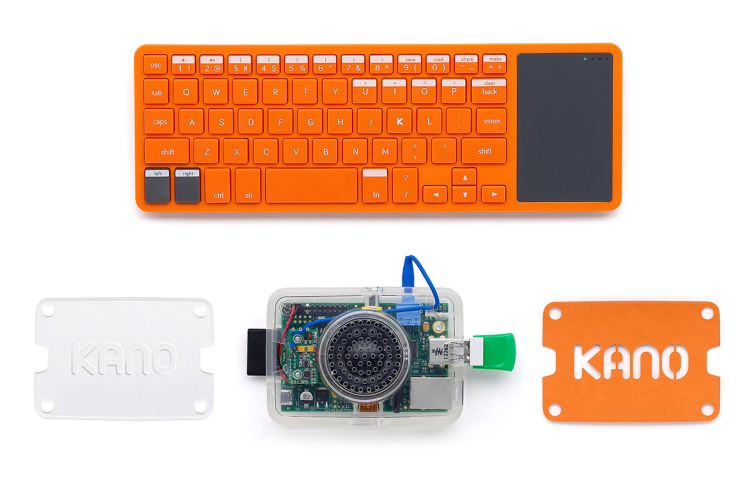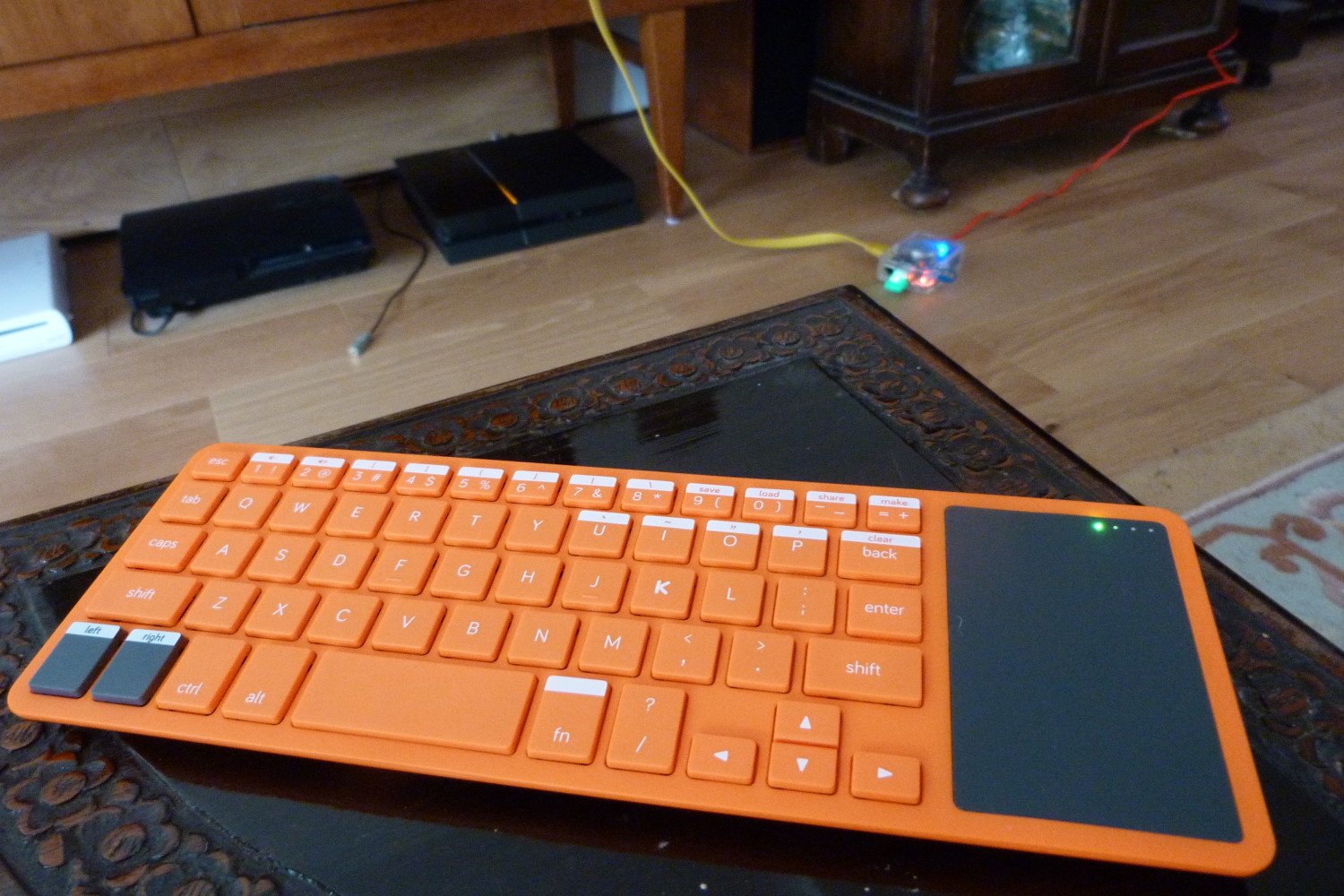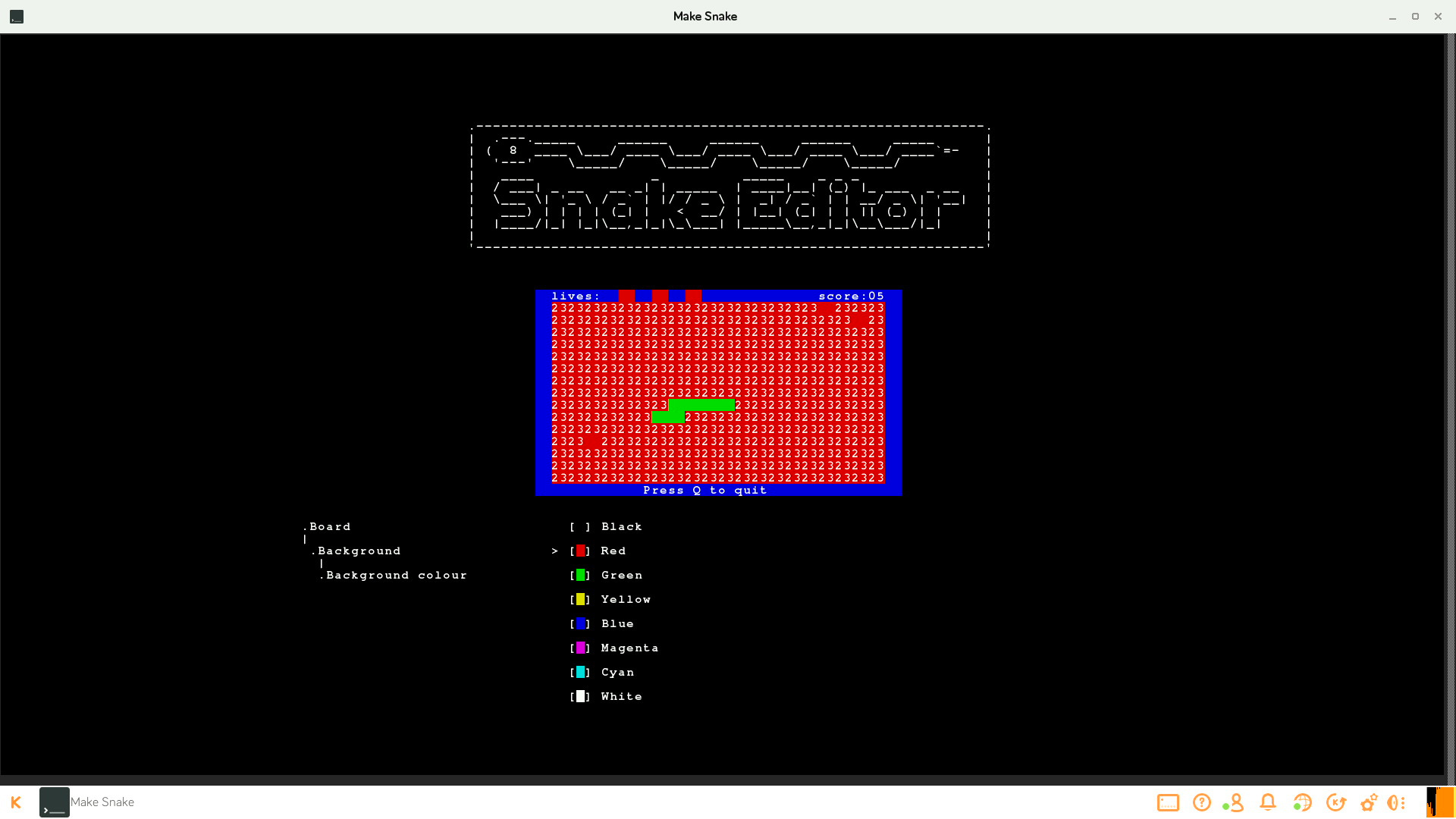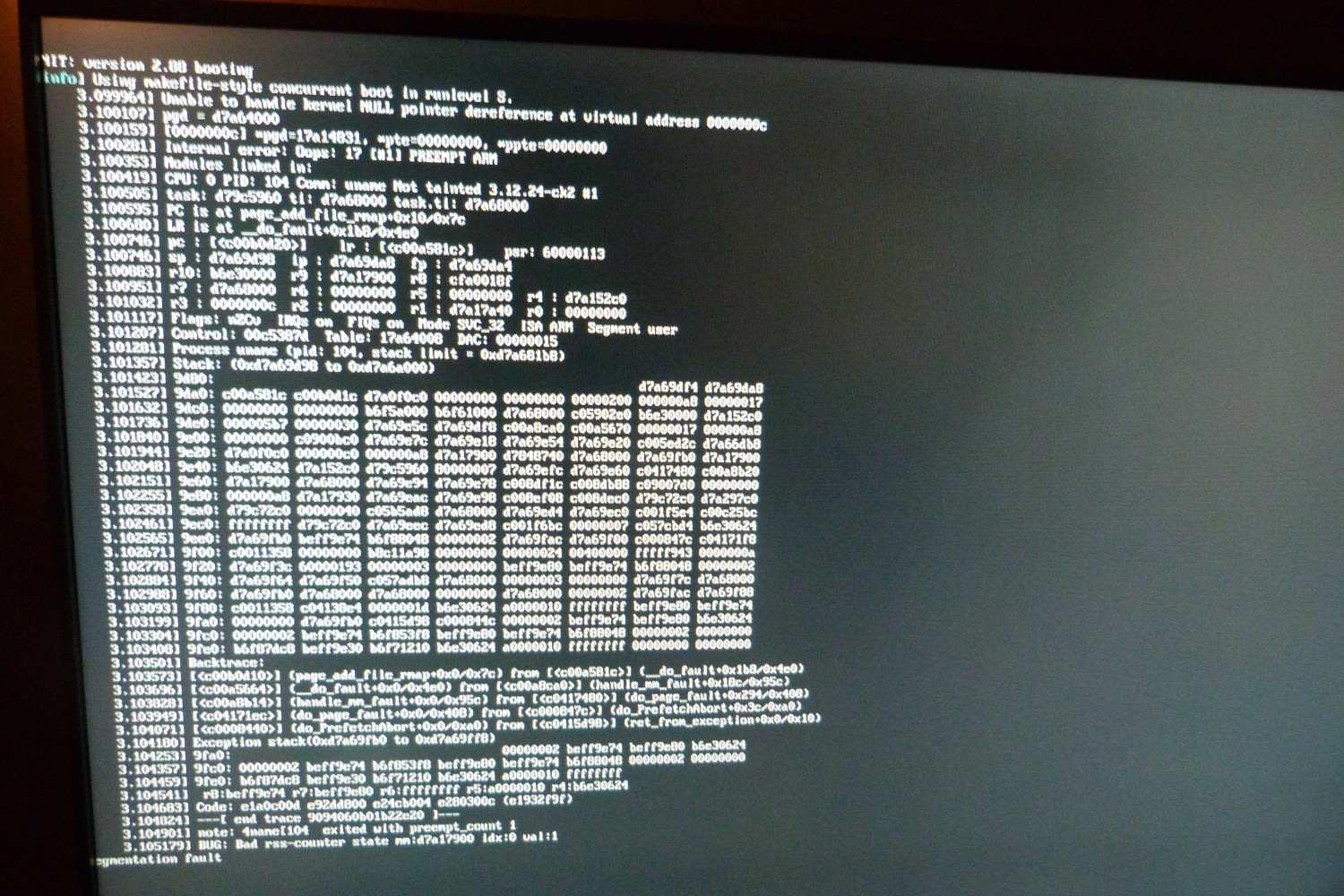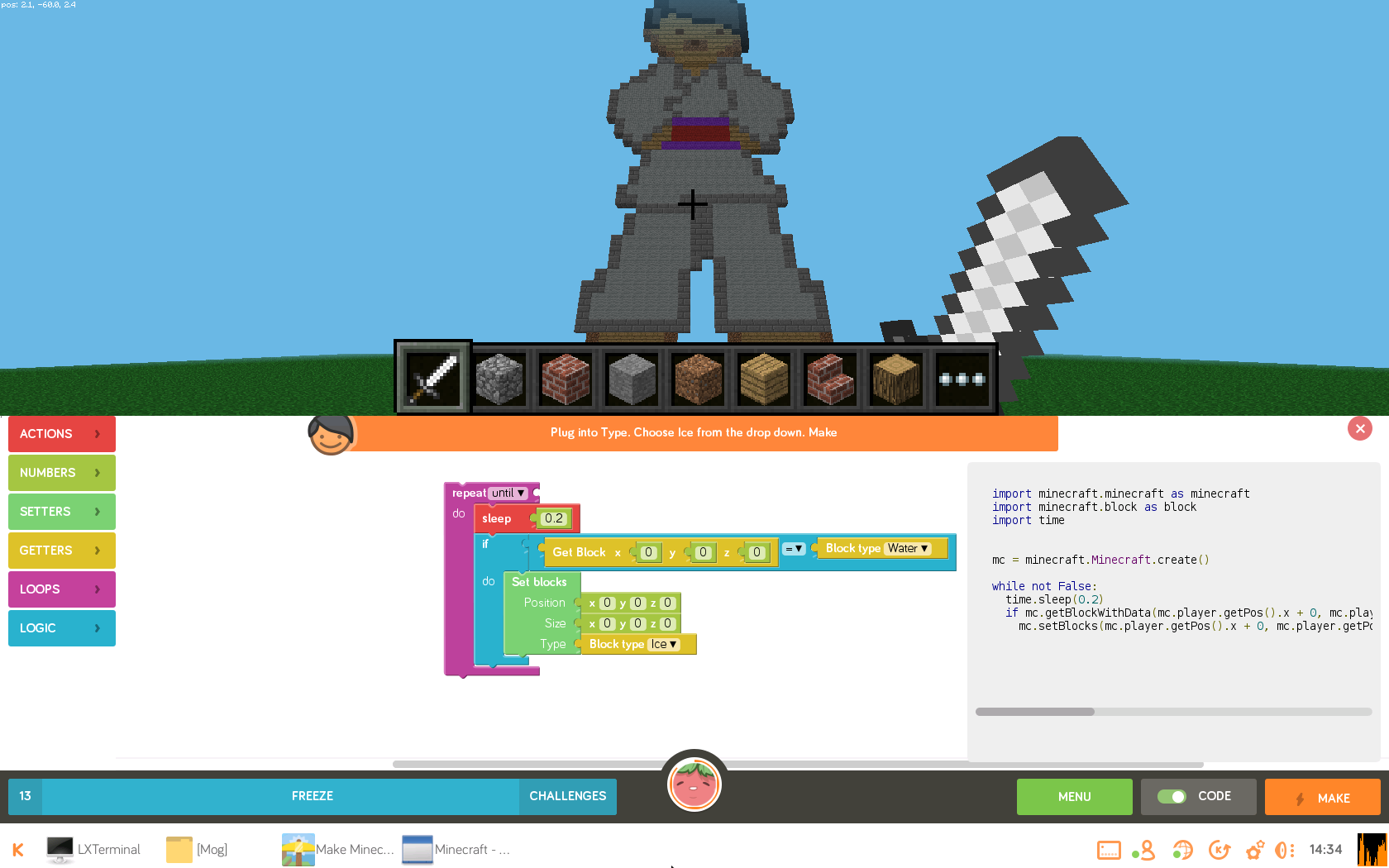It felt a little like Christmas, opening and unpacking the Kano box with my kids.
Everything about the computer kit felt designed for children — like the tiny orange keyboard, the chunky see-through case, and the bright yellow HDMI cable. But as soon as the Kano operating system crept to life on our living room TV — the boot sequence spidering its way across the ageing LCD screen — it was clear that it’s more that just a kids’ toy.
“It’s looks awesome,” my 10-year-old daughter said as she sat and took control with the wireless keyboard and trackpad.
Just prior to that, she and my son, age 12, had worked collaboratively — as they can do when the mood takes them — to piece together the Kano computer kit, which uses a Rasberry Pi single-board computer at its core. Following the simple, Lego-like instructions, they’d built the case, added an SD card with the Kano operating system, connected a speaker, added a Wi-Fi dongle, linked the keyboard, and powered it all up.
Giving kids this hands-on experience of actually constructing a computer is one of the most powerful things the Kano does, even if it’s in a pretty simplified form. In an increasingly pre-packaged world where everything works straight out of the box, it’s great that they have to think about the parts that combine to make Kano work.
Not everything during our time with Kano was as smooth as the build, but its playful approach to programming — which uses games, music, and art in clever ways — showed its worth as a tool to get kids experimenting with computers.
Giant Pong balls
Give kids the option to pick a number, and it’s likely they’ll pick something big. Kano lets you mess around with Pong — one of the first ever video games — changing the size and speed of the ball, but my kids soon discovered that a ball 1,000,000 pixels wide just doesn’t work.
They did, however, have a blast changing the color of the ball, giving their game a dumb name, and hacking the rules — making an invisible wall, shrinking a paddle every time it connected, and speeding things up.
They did all this using Kano Blocks — a visual drag-and-drop coding system similar to Scratch. It was a neat introduction to Kano and created a whole lot of laughs in our living room as the game got crazier and crazier.
Pythons and pictures
Kano extends its old-school thrills by letting kids mess with Snake — the go-to game on any old Nokia mobile phone. It’s an interesting choice of project for a younger audience, but it works pretty well as an introduction to the Python programming language.
My daughter took the lead on this activity, messing with the speed, adding multiple lives, and changing around the colors and icons that make up the game.
She then moved on to play with Kano Draw — making pizzas and smiley faces using lines of code, with a lot of trial and error leading to eventual moments of great satisfaction.
“I kind of felt like I was making something,” she said later. “Computer art — you see it in school on your Smart Board. You see it on your computer, and then when you go to do yours, you don’t think of it as much. But when you look at your code, it’s about 15 lines long and you think, ‘OK, maybe that is good.’”
The only major problem she had — aside from losing the odd shape off the visible part of the screen — was that she couldn’t find a red that actually looked like tomato sauce.
“I tried Tomato Red, and it looked brown!” she said. “And I tried Indian Red, and it didn’t look red. If you just tried normal red, it didn’t look red. So when I was trying to draw the pizza, it just looked like I had a light brown circle with a dark brown circle. I think I just ended up using Tomato Red, but it didn’t look exactly like a pizza.”
Even if you squinted? “Kind of.”
The big shutdown
Before we moved on, I suggested we should look through the hardware settings. I should have known better.
An option to overclock the Rasberry Pi to “Turbo” speed was too tempting to pass up, just to see if it could run a little smoother. Unfortunately, the Pi wasn’t quite so enamoured at the thought of going Turbo, and it refused to reboot into the Kano OS.
It was a tough moment, thinking that we’d — or rather, I’d — killed the tiny computer in a desire for more speed. No amount of rebooting would fix the problem, even when we tried the safe mode.
I bashed out a slightly frantic late-night email to Kano customer support and waited.
Impressively, I got a response at 8 a.m. the next morning, telling me that the OS was corrupt — likely caused by a failure to update properly or by me powering down the system too early. Following the instructions that Ricardo in customer support gave me, the Kano breathed again, and I was off the hook.
Plus, I’d learned to keep my hands off the kids’ computer.
Less success
We were back in business, and my son decided to check out Terminal Quest — Kano’s interactive text adventure that uses the Linux command line.
It kept him engaged for a good half hour or so, but he later confessed that he’d become confused by all the commands and hadn’t really taken them in properly.
“If I was going to do something like that again,” he told me, “I’d take a piece of paper and write all the commands down. I played for maybe 10 minutes, and I just got really confused because some of them were kind of random combinations of full stops and letters and numbers. Because I hadn’t [used Linux] before, it all looked completely random to me.”
The game content didn’t really grab his attention either: “The adventure wasn’t that exciting, really.”
He wrote a note about Terminal Quest in the Kano feedback box, saying that it could be a bit more adventurous — maybe it should have some fighting — and we were surprised and kind of pleased to see an email response just a few hours later.
It was Ricardo again: “Thank you for your feedback. I will make sure to pass the message to the developer of Terminal Quest.” It was a nice touch.
Minecraft
One of Kano’s big selling points is the inclusion of a hackable version of Minecraft. It’s a clever mix of Kano Block commands, real code, and gameplay — exactly the sort of thing that’s now finding its way into classroom settings worldwide.
My daughter worked her way through 12 of the 14 introductory quests, which got her making stone tunnels, volcanoes, and giant towers with just a few blocks-worth of instructions.
It was hugely empowering for her, but at times, the Rasberry Pi at the Kano’s heart showed its limited power, taking a little more time to action commands than she’d have liked.
What my kids thought
I sat down to chat with my kids after they’d had time to reflect on using the Kano — using my dictaphone like a proper interview, to my daughter’s delight — and their thoughts on it were pretty interesting.
“We were kind of fighting over who would have their go,” my daughter said. “I really wanted to have another go, but everyone else wanted a go.” Yes, that included me. “And then everyone else stopped so I got to do everything!”
Her high point? “The Kano draw was very good because it was kind of hard at first, but after a while you could make more complex pictures. When you first started, it was really interesting trying to work out how to do everything.”
The worst part? “The music. Nothing in that made sense. To me, it was all just like some numbers, some letters, some lines, some music. And I’m like, how did you do that? It’s just like gobbledygook all over your screen. It doesn’t make any sense.”
And did she feel like she was actually learning to code? “For some of it, I was just following instructions because I really had no clue what to do. But for some of it, I knew what was happening when I did it.”
I asked my son if he thought kids without any computer knowledge could use Kano without adult input. “They could use certain aspects,” he said, “like Kano Blocks, maybe, because it’s all written out for you.”
His low point was definitely the occasional sluggishness of the Rasberry Pi. He’s not super patient, and waiting around for things to happen on screen just didn’t wash with him.
“Personally, I prefer playing games to making games,” he said, “so I was happy that there was a play option [on Minecraft]. I wanted to see what it was like, so I clicked ‘Play Minecraft,’ but I tried to look around and it just stopped. I just left it as it wasn’t actually doing anything. I thought every single tiny movement I did would take me ages.”
I told him that a new Rasberry Pi’s now available — the Rasberry Pi 2 — which supports Kano OS but likely works a lot faster due to its enhanced 1GB of RAM. “It should be called the Blueberry Pi,” he reckoned. But would it make for a smoother experience? “That would be a lot better,” he said.
“I would recommend the Kano,” my daughter said, “but only to certain people. People that are interested in computing and know [a bit] about it.”
“It’s a really nice thing to do with groups of people,” she added. “With your friends at home, or with your family. It’s a nice activity for [children] to do after school.”
Kano’s potential
The Kano is a little device with a lot of potential. It’s already interesting and different enough for kids to start messing around with. But the limitations of 512MB of RAM really do show at times.
Kano has already released an OS compatible with the Pi 2. It would be great to try it out, but at present the Kano kits are only supplied with the older model.
A spokesperson for Kano told me that the team is aware of the issue of processing speed, is addressing this concern, and “will be providing options.” Whether that includes packing in the Pi 2 with the base Kano kit remains to be seen, but it would be great to have the option.
Aside from offering a great hands-on, build-it-yourself approach to kids interested in computing, the strength of Kano really lies in its operating system.
I recently spoke to Kano’s creator, Alex Klein, and asked him about licensing the OS to other devices. He said there were no plans at present, but he pointed out that some people are enjoying streaming Kano to their iPads using an app called VNC viewer. “They think it’s kind of ironic,” he told me.
Klein says that Kano OS will always be free to use on Rasberry Pi, even for people who don’t want to buy the whole kit. “For as long as we’re running Kano OS on the Rasberry Pi, you’re not going to need to buy Kano to use Kano on the Rasberry Pi,” he said. “If you don’t want the full experience, you can go to [the website], download Kano OS for free, burn it on an SD card, and start playing on your Pi.” The same goes for the Pi 2.
“We feel if we can nail an affordable, elegant, creative PC for the whole world — not just the Western world — the commercial opportunities are second,” Klein said. “Those are the afterthought. We’re mission-driven. We actually feel we can change the landscape and give a lot of people a new look at computing. Hopefully, from there, business success will follow.”
It’s a noble aim, and Kano is certainly offering something new and innovative for kids who want a challenge.
But I’ll leave the last word on that to my daughter:
“It’s a bit like if you’re playing a game and you always make the same mistake, but then you think about a person that’s amazing at this [game] — they’ve done this before and they’ve made the same mistake as me, and they learned and moved on. So that’s what you’ve got to do in Kano.”
Kano loaned VentureBeat a kit for testing, and we’re now in the process of returning it.
VentureBeat's mission is to be a digital town square for technical decision-makers to gain knowledge about transformative enterprise technology and transact. Learn More
